In this exclusive interview, physicist Konstantin Novoselov—Nobel Prize winner for the discovery of graphene—takes us on a fascinating journey through science, intuition, and groundbreaking applications.
With a candid and passionate tone, Novoselov shares how curiosity and playfulness shaped his research, revealing the potential of a material that has transformed the field of materials science.
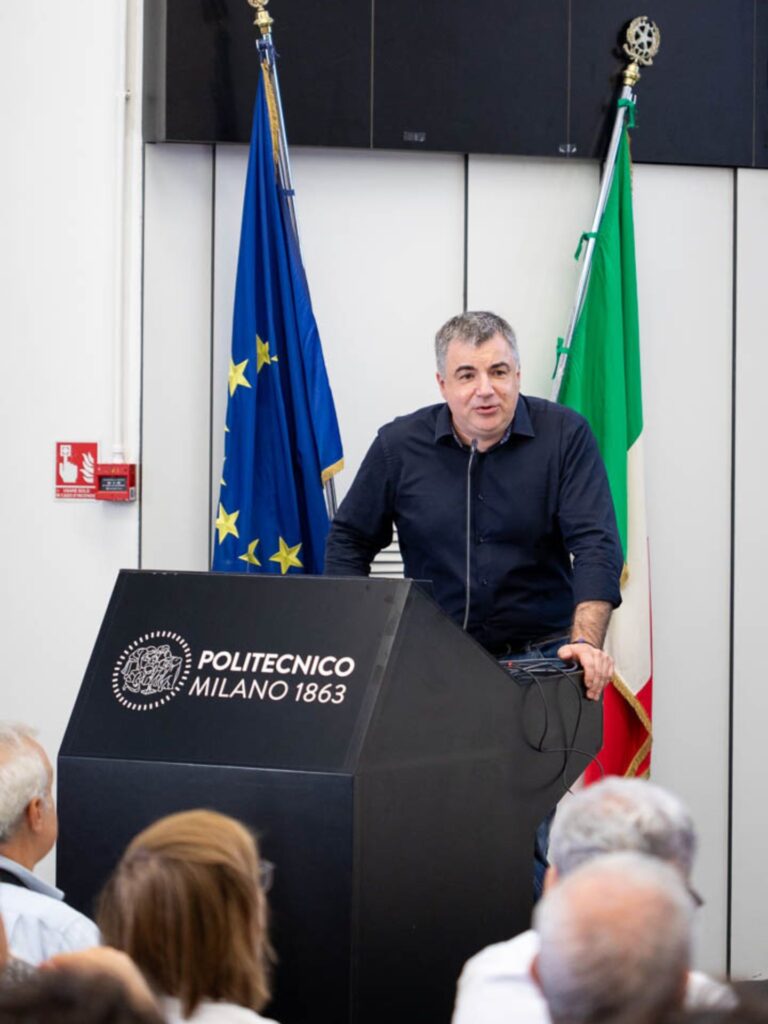
Thank you for the interview. I’d like to begin by asking: when did you first become interested in two-dimensional materials, and what drew you to study graphene?
I was never particularly interested in 2D materials at the start. When we began working on graphene—though we didn’t call it that yet—we were experimenting with thin layers of graphite. We knew very little about the material. In fact, the only thing we were certain of was that graphene couldn’t exist. That was the prevailing belief.
Our work on it was entirely a side project, inspired by the unique approach in our lab, introduced by my supervisor and good friend, Andre Geim. Occasionally, we’d conduct unconventional experiments, unrelated to our main research.
One of those was trying to make transistors out of graphite, which required very thin layers. We tried many methods, none of which worked. We were close to giving up—until the famous “scotch tape” method came into play. We started experimenting with it, and even then, it took quite a while before we truly believed that two-dimensional materials could exist.
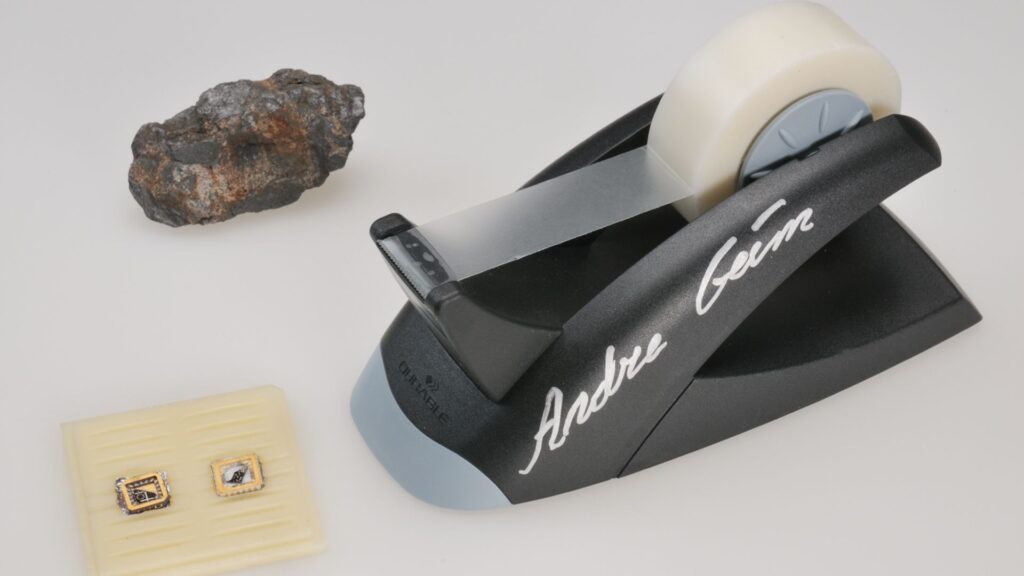
Fascinating. You often speak about the importance of play in scientific research. How do curiosity and creativity influence your daily work?
You can’t plan a discovery—it’s almost a contradiction in terms. Discoveries are, by nature, unpredictable. But every scientist has a few tricks to increase the chances of making one.
The Russian Nobel laureate Kapitsa, who won for his work on superfluid helium-4, used to say that changing the temperature by an order of magnitude could reveal new effects. That’s a crude but effective strategy.
More broadly, you need to push nature into extreme conditions—like working with materials just one atom thick. You also need to keep your mind open and think outside the box: what other kinds of experiments can you try? What other extreme conditions can you create?
Could you explain to our readers, in simple terms, what makes graphene so unique?
Honestly, the most remarkable thing about graphene is simply that it exists! Before its discovery, most scientists—including us—believed that single-atom-thick materials couldn’t be stable. Proving otherwise opened the floodgates to the discovery of many other 2D crystals.
Today, we’re working with hundreds of them experimentally, and thousands more are being studied theoretically. Graphene’s honeycomb structure isn’t rare, but in this material, it gives rise to very special properties. Electrons behave in a completely different way than in any other known material, leading to a new field of research involving quasi-relativistic electrons in condensed matter systems.
Also, the carbon-carbon bonds in graphene are incredibly strong, making it thermally conductive, mechanically robust, and impermeable to almost everything. These properties make it attractive for both research and industrial applications.
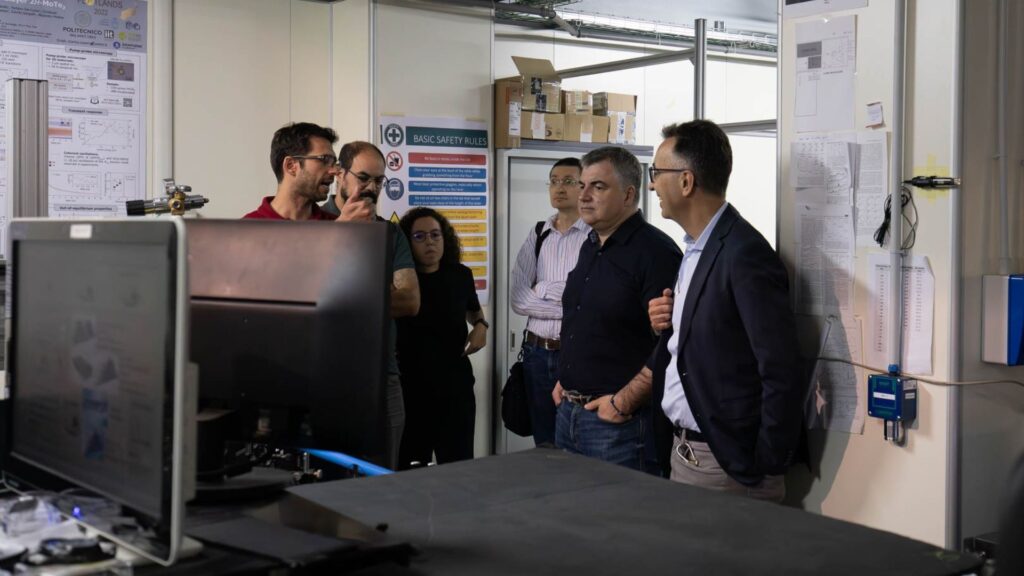
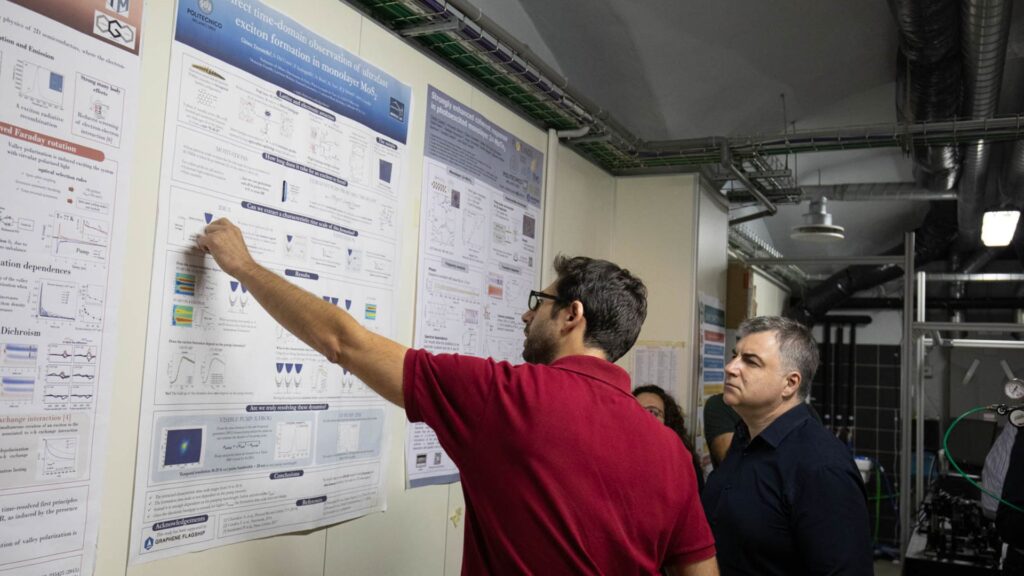
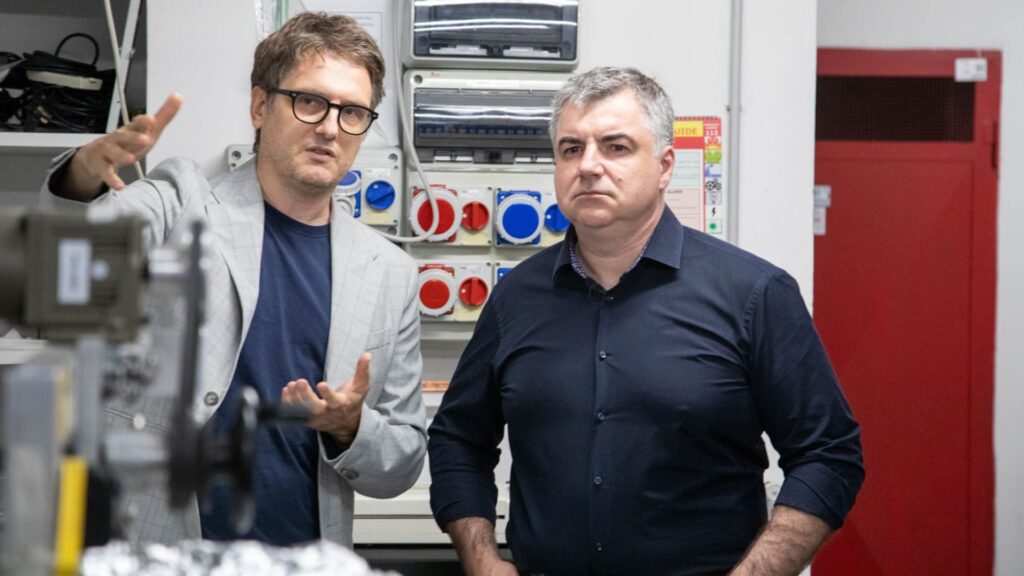
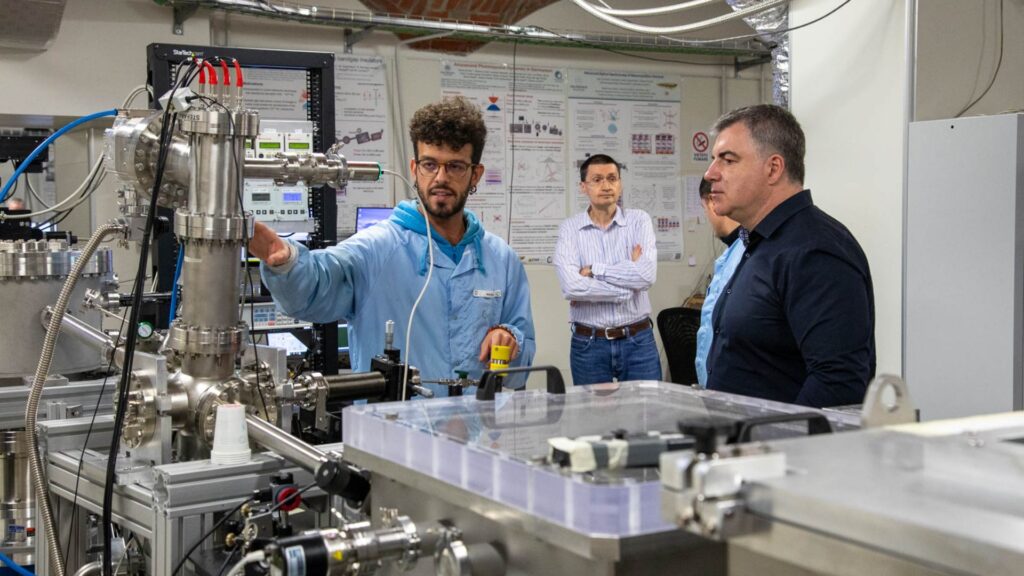
After several years of research, which real-world applications of graphene do you find most promising?
That depends on how you define “promising.” Are we talking about volume, excitement, or economic value?
Right now, graphene is used extensively in batteries—that’s probably the industry consuming the most graphene. But looking ahead, I think telecommunications is especially exciting. Graphene can alter both its electronic and optical properties, which is extremely useful for future communication technologies, especially those relying on fiber optics.
Could you give some specific examples of current or upcoming applications?
Sure. As I mentioned, batteries and thermal management are two major areas. Graphene has the highest thermal conductivity of any known material, which is crucial for modern electronics dealing with power consumption and overheating. It’s also used in 3D printing to create novel functional alloys.
Even consumer products like headphones now incorporate graphene—some well-known brands already sell them. These are applications you can buy today.
In development, there are many healthcare uses, such as drug delivery systems and brain electrodes. Some of these have recently passed clinical trials and are preparing to enter the market. Graphene spans a huge range of fields. While I don’t think it will replace silicon in electronics, it’s already being used in optoelectronics. And other 2D materials, like molybdenum disulfide, are being tested for future electronic applications.
Would you say we’re living in the “age of graphene,” or are other materials equally promising?
Personally, I think it’s risky to bet everything on a single material. You end up trying to force it into applications where it might not be ideal.
The beauty of the 2D material family is that you can choose the one best suited for each application. I prefer this flexibility. Even better, we can now build artificial materials by stacking different 2D layers—one atomic layer of one material, another of a different one—creating structures that don’t exist in nature but can be engineered in the lab. This is a new frontier in materials science: designing materials with predetermined properties at atomic precision.
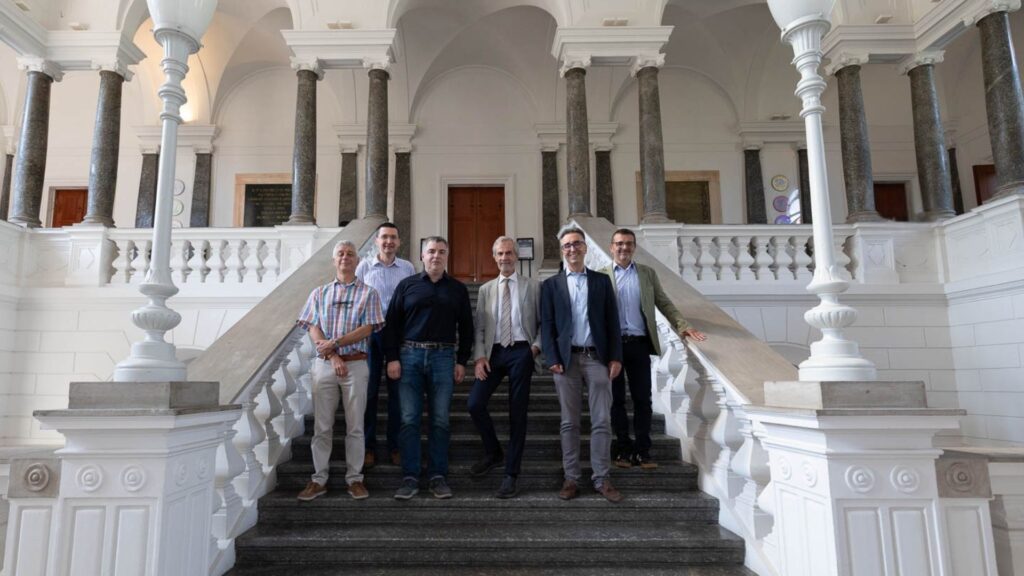
Has winning the Nobel Prize changed your life or your research?
Of course it changed things—though I’m not sure if that’s good or bad. I had friends who warned me, and I’ve tried to limit the impact as much as possible. I don’t usually talk about the work I did before the prize; I focus on what I’ve done since. I’ve tried to keep my working style the same.
Do you think discoveries come more from method, intuition, or a mix of both?
There are many paths to discovery. Sometimes it’s a new technique, sometimes intuition. But honestly, many discoveries are serendipitous. Intelligence, hard work, and intuition help—but two labs can work on the same thing, and only one makes the breakthrough. There’s a randomness to it.
It’s almost as if discoveries are gifts from nature. These days, I’m more relaxed about it. As long as you enjoy your work as a scientist, that’s enough for me.
Was there a specific moment when you realized you had discovered something new?
I’ve been lucky to have several of those moments.
With graphene, it was more than a moment—it was a whole year of discovery. We started with thin graphitic films and gradually uncovered their quantum properties. We were like kids, thrilled every time something new was revealed. It took about a year before we truly arrived at graphene. Then came several more years of studying its properties, each one a new revelation.
It was a joyful time, full of collaboration with research groups around the world. We’d call each other at night to share results. It was a long, happy period, and I hope it was just as rewarding for my collaborators.
A common question today is whether artificial intelligence has changed your research. Has it?
I’ve been working with AI in materials science for about 3–5 years. When ChatGPT first appeared, people thought it would solve everything. But we failed miserably in applying it to materials science at first. We’ve gone back to the drawing board and are trying again. It’s a cycle of hope and disappointment.
I do believe AI will contribute significantly to science, but I’m not sure it will lead to major breakthroughs on its own. Human intelligence and intuition will still be essential.
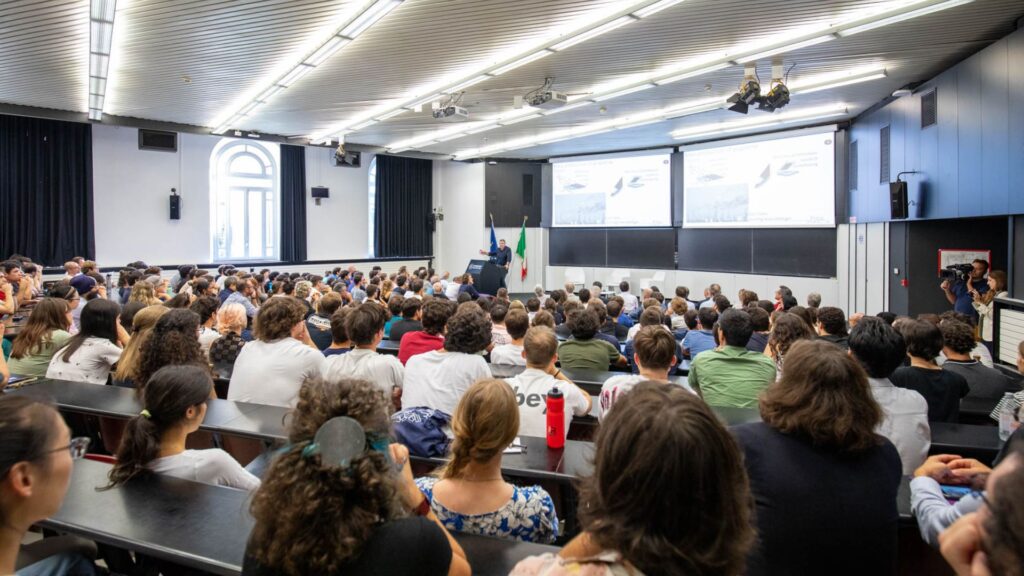
Finally, what advice would you give to young students interested in a career in research?
Science is a strange beast. The more we learn, the more we realize how much we don’t know. It’s like a balloon: as it expands, so does its surface—the frontier of the unknown.
Discoveries can happen in any field today. You can’t predict where the next breakthrough will come from. If you enjoy what you’re doing, you’re already on the path to a successful and exciting career. The challenge is finding what you truly love—and once you do, exciting science will follow.
This conversation with Konstantin Novoselov reminds us that science is not just about method—it’s also about imagination, collaboration, and embracing the unexpected. Graphene was only the beginning: the future of two-dimensional materials is still unfolding, and young researchers have a universe of possibilities ahead.
